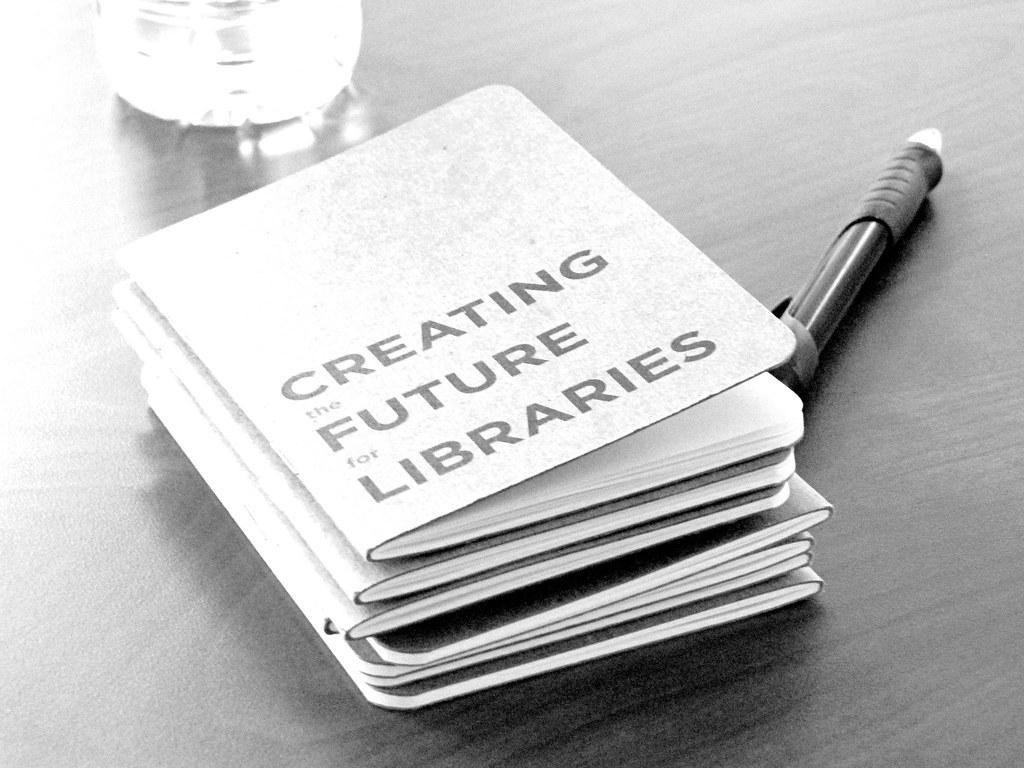Dancing through the corridors of power, choreographed by fervent politicians, the process of central government recruitment unveils itself as the ultimate waltz of opportunity and aptitude. As the nation’s orchestra strikes a harmonious chord, job seekers from all walks of life gather on the grand stage of selection, hoping to be swept off their feet by the promise of a prestigious career. In this article, we embark on a journey behind the curtains of civil service examinations, exploring the intricate steps and rigorous routines that shape the future of our central government workforce. From the delicate pirouettes of paperwork to the thunderous crescendo of competitive examinations, let us uncover the captivating world of central government recruitment with an inquisitive mind and an unwavering tempo.
Increasing Efficiency in Central Government Recruitment Processes
One of the key challenges faced by central governments around the world is the recruitment of skilled individuals to fill various positions. The current recruitment processes often suffer from inefficiencies that lead to delays in hiring, increased costs, and potential talent loss. To overcome these challenges, it is crucial for central governments to focus on increasing the efficiency of their recruitment processes.
One way to achieve this is by embracing modern technology and leveraging it to automate and streamline different stages of the recruitment process. By implementing applicant tracking systems (ATS), central governments can efficiently manage and track candidate applications. This not only saves time but also eliminates the need for manual paperwork and allows for better organization of candidate information. Additionally, utilizing online assessment tools can help screen and shortlist candidates based on specific criteria, ensuring that only the most qualified individuals proceed to the next stage.
Benefits of :
- Saves Time: With streamlined processes, hiring managers can quickly identify suitable candidates and expedite the entire recruitment cycle.
- Reduces Costs: Automating recruitment processes reduces the need for manual labor and paperwork, saving significant costs associated with hiring personnel.
- Enhances Candidate Experience: By leveraging technology, candidates can apply online, submit necessary documents, and track their application status, providing a seamless and user-friendly experience.
- Increases Transparency: Central governments can maintain transparent recruitment processes by utilizing technology to ensure fair and unbiased candidate assessments.
- Improves Quality of Hires: By utilizing online assessments and automation, central governments can better evaluate candidates’ skills, qualifications, and suitability for the positions, resulting in higher-quality hires.
| Recruitment Process Stage | Average Time (Before Improvement) | Average Time (After Improvement) |
|---|---|---|
| Application Review | 10 days | 4 days |
| Interview and Assessment | 15 days | 8 days |
| Offer and onboarding | 12 days | 6 days |
By employing these strategies, central governments can transform their recruitment processes, leading to increased efficiency, reduced costs, and ultimately, better talent acquisition. Embracing technology and implementing modern approaches ensures that central governments keep pace with the evolving recruitment landscape and attract top talent to serve the needs of their constituents.

Creating Effective Assessment Methods for Central Government Recruitment
In order to ensure the selection of the most qualified candidates, the central government needs to develop effective assessment methods for recruitment. These methods serve as essential tools to evaluate the skills, knowledge, and aptitude of potential employees. By employing well-designed assessments, the government can not only attract top talent but also make informed decisions that lead to successful placements.
One way to enhance the assessment process is by incorporating various types of tests. These could include:
- Written Tests: Assessing the candidate’s ability to analyze information, think critically, and communicate effectively through written responses.
- Psychometric Tests: Evaluating the candidate’s personality traits, problem-solving abilities, and emotional intelligence to determine suitability for specific roles within the government.
- Simulation Exercises: Providing realistic scenarios that mirror tasks and challenges faced in the central government. These exercises enable candidates to showcase their decision-making skills and problem-solving capabilities under pressure.
- Interviews: Conducting structured interviews that delve into the candidate’s experiences, strengths, and motivations. This helps to assess their compatibility with the responsibilities and expectations of the government roles.
Furthermore, utilizing a comprehensive scoring system and rubrics can aid in objectively assessing candidates’ performance. These clear evaluation criteria ensure consistency and fairness throughout the recruitment process. Additionally, incorporating technologies such as online testing platforms and data analysis tools can streamline the assessment process, saving time and resources for both applicants and the government. By continuously refining and adapting assessment methods, the central government can maximize its ability to identify and select the most competent individuals, leading to a stronger and more efficient public administration.

Enhancing Transparency and Accountability in Central Government Recruitment
In order to enhance transparency and accountability in central government recruitment, several key measures have been implemented. These initiatives aim to ensure a fair and unbiased selection process, promoting meritocracy and equal opportunities for all applicants.
One of the main steps taken is the establishment of an online portal dedicated to central government recruitment. This user-friendly platform provides comprehensive information about available positions, eligibility criteria, and selection procedures. It serves as a central hub for job seekers to explore various job opportunities in the government sector, eliminating the need for multiple application processes across different departments. Moreover, the portal allows applicants to track the progress of their applications and receive notifications regarding the status of their candidacy.
- Merit-based Selection: All recruitment processes are based solely on the merit and qualifications of the applicants. This ensures that the most competent individuals are selected for the positions, regardless of any external factors.
- Transparency: The entire recruitment process is transparent, with clear guidelines and criteria published on the online portal. This eliminates any ambiguity and ensures that all applicants are aware of the selection process, timelines, and evaluation methods.
- Standardized Assessments: A standardized assessment framework has been developed to evaluate the applicants’ skills, knowledge, and suitability for the positions. This framework is consistently applied across different departments to ensure fairness and consistency in the selection process.
The central government is committed to continually improving and refining the recruitment process in order to maintain the highest standards of transparency and accountability. These measures not only enhance the trust and confidence of the public but also attract qualified and deserving candidates who can contribute effectively to the development and progress of the nation.

Improving Diversity and Inclusion in Central Government Recruitment
Central govt recruitment plays a crucial role in shaping the diversity and inclusivity of the government workforce. Recognizing the importance of representation and equal opportunities, efforts are being made to enhance diversity in all aspects of recruitment. By implementing inclusive policies and initiatives, central government aims to create a workforce that reflects the rich tapestry of society, fostering innovation, fair decision-making, and societal cohesion.
One key initiative is the introduction of unconscious bias training for recruiters. This training helps recruiters become more aware of their unconscious biases, enabling them to make fair and unbiased decisions during the recruitment process. Additionally, central government has emphasized the need for diverse recruitment panels, ensuring that multiple perspectives are considered in the evaluation of candidates. By doing so, the government is working towards reducing the risk of homogeneity and promoting diversity and inclusion in the recruitment process.
In Retrospect
As we draw the curtains on this informative piece about central government recruitment, one thing becomes abundantly clear: opportunities abound! Undoubtedly, the journey towards securing a prestigious government position is replete with challenges and hurdles. Yet, those who dare to dream can garner a sense of accomplishment and pride like no other.
Through this article, we have delved deep into the intricate workings of the central government recruitment process. From deciphering the intricacies of eligibility criteria to navigating through the labyrinthine corridors of bureaucracy, we have unraveled the secrets to success. The aim has been to empower aspiring individuals with knowledge, preparing them to seize the exciting array of opportunities awaiting them.
With each passing day, the central government continues to evolve, presenting numerous avenues for the young and determined. Opportunities in various sectors, such as civil services, engineering, defense, and more, are like gleaming gems waiting to be discovered. For those willing to embark on this extraordinary journey, the rewards are not merely limited to stable employment but extend to shaping the very future of our nation.
The competition may be fierce, but fear not! Armed with the right information, solid preparation, and an unwavering spirit, success will surely embrace those who persist. Remember, each setback is merely a stepping stone towards greatness. So, stay determined, stay focused, and let the winds of perseverance guide you towards your dreams.
As we bid farewell, know that this article is just a launching pad, a glimpse into the world of central government recruitment. It is now up to you to continue the adventure, explore further, and make your mark. The opportunities are endless, and the journey, though arduous at times, promises immense rewards that go far beyond mere employment.
So, gather your courage, sharpen your skills, and prepare to embark on this grand voyage of central government recruitment. For it is here, within the vast universe of government service, that the extraordinary can indeed become a reality. The doors of opportunity await your arrival; it is now your time to take the leap.

